Two methods to set the 'read-only mode' of an Excel table
php editor Xinyi introduces you two methods to set the "read-only mode" of Excel tables to make your data safer. At work, it is particularly important to protect the security of data. By setting read-only mode, you can prevent others from modifying the table content and ensure the integrity and accuracy of the data. Next, we will introduce the operation steps of these two methods in detail, allowing you to easily deal with various data protection needs.
1. Passwordless “read-only mode”
If you mainly want to prevent yourself from accidentally modifying the table, you can set a "read-only mode" without a password.
After opening the Excel table, click [File]-[Information]-[Protect Workbook]-[Always open as read-only].
Then close the form and save it, and Excel's "read-only mode" will be set.

When you open the form again, a dialog box will pop up, prompting "Do you want to open it in read-only mode?"
If you select [Yes] to open it in read-only mode, even if the Excel table is modified, the original file cannot be saved. If you select [No], the opened Excel table is not in "read-only mode" and can be modified and saved normally.

"Passwordless read-only mode" is no longer needed in the future and can be cancelled.
First of all, we must operate in "non-read-only mode", that is, after opening the Excel table, when the prompt box "Do you want to open it in read-only mode" appears, select [No].
Then follow the set operation path and click [File]-[Information]-[Protect Workbook]-[Always open as read-only] again. After saving the table, Excel's "passwordless read-only mode" is released.

2. "Read-only mode" with password
If we want to prevent others from modifying the Excel table, or specify that people can modify it, we can set a password-protected "read-only mode" for the Excel table.
This mode needs to be set through "Save As". After opening the Excel table, click [Save As] under the [File] option, and then select the save path after saving on the right.
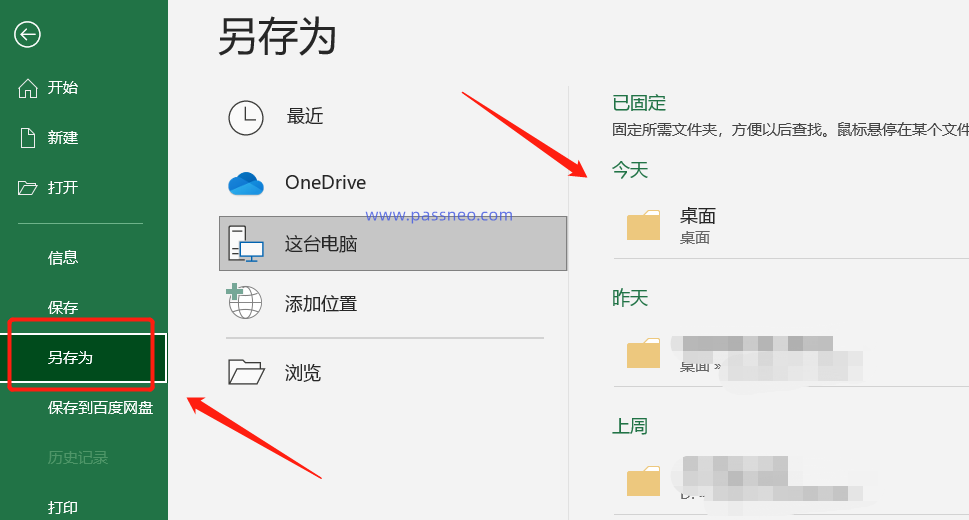
After the dialog box pops up, click [General Options] in the [Tools] list below. The file name can be modified to save it as a new file, or the original file can be directly overwritten without modification.
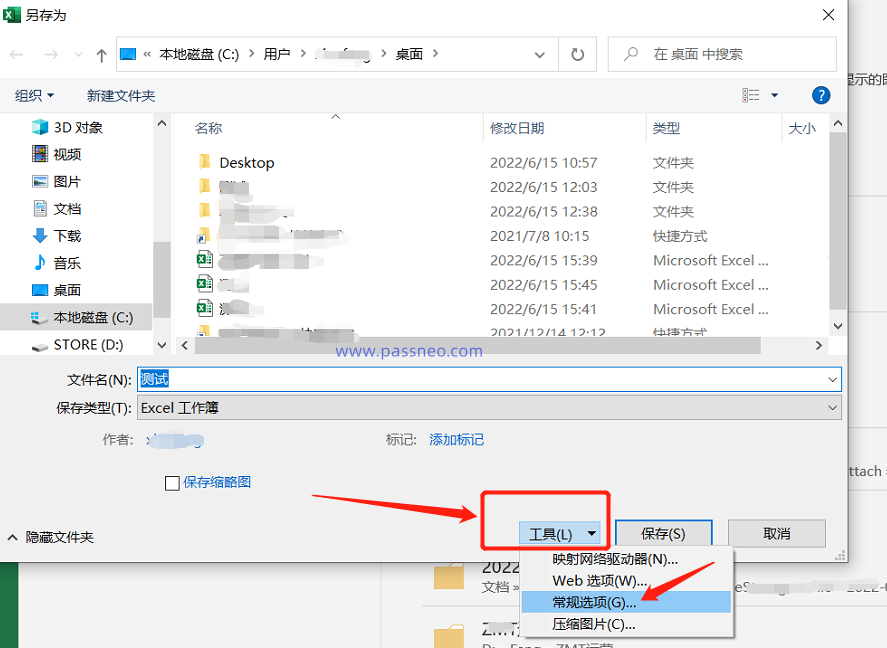
After the dialog box pops up again, enter the password you want to set in the [Modify permission password] column, click [OK] and enter it again. The "Read-only mode with password" of the Excel table will be set.

Open the Excel table again, and a dialog box will pop up, prompting "Enter the password to obtain read and write permissions, or open it in read-only mode."
If you select [Read-only], it is the same as the first method. You can open the Excel table, but after the table is modified, the original file cannot be saved; if you want to edit the file and save it, you need to enter a password before it can work normally. Edit and save.
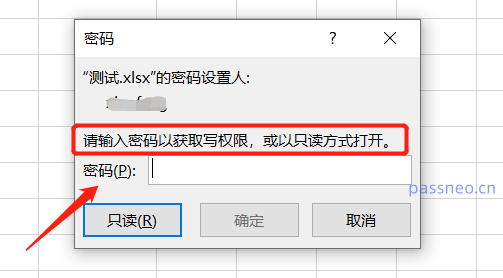
How to remove the "read-only mode with password"?
After opening the Excel table, we enter the "editable mode" through the password, then follow the set operation path, click [File] - [Save As] again, select the save path after saving, and then click [Tools] - [General] Options].
Finally, the dialog box below will pop up. You can see that the [Modify Permission Password] column already contains a password. Delete this line of password, turn it into a blank space, and then save it. The "password read-only mode" of the original Excel table has been removed.

If you forget your password, you can actually remove the "read-only mode" of the Excel table. You only need to save the table as a new table in the "read-only" state without setting a password.
Of course, if we don’t remember the password, we can also use other tools, such as the Pepsi Niu Excel Password Recovery Tool, which can directly remove the "read-only mode" of the Excel table or the "restricted editing" that cannot be lifted without a password.
After selecting the [Unrestriction] module in the tool, then import the Excel table.
Tool link: Pepsi Niu Excel Password Recovery Tool
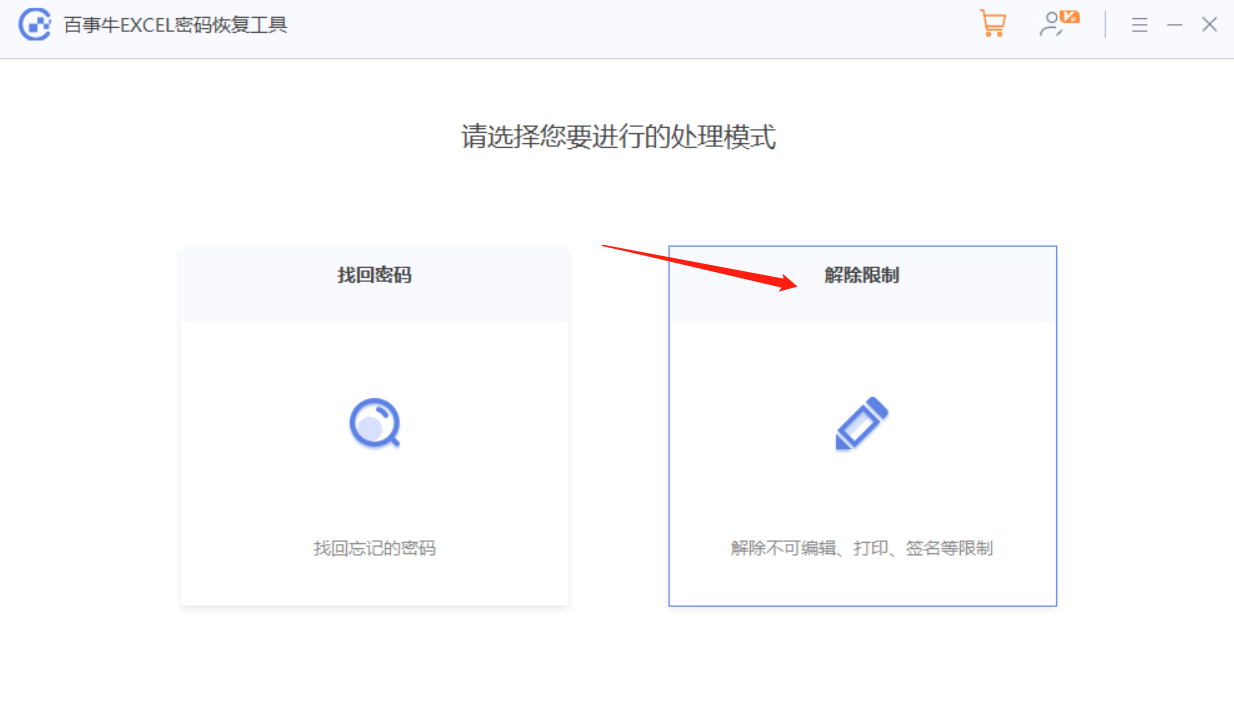
After selecting the [Unrestriction] module in the tool, then import the Excel table.
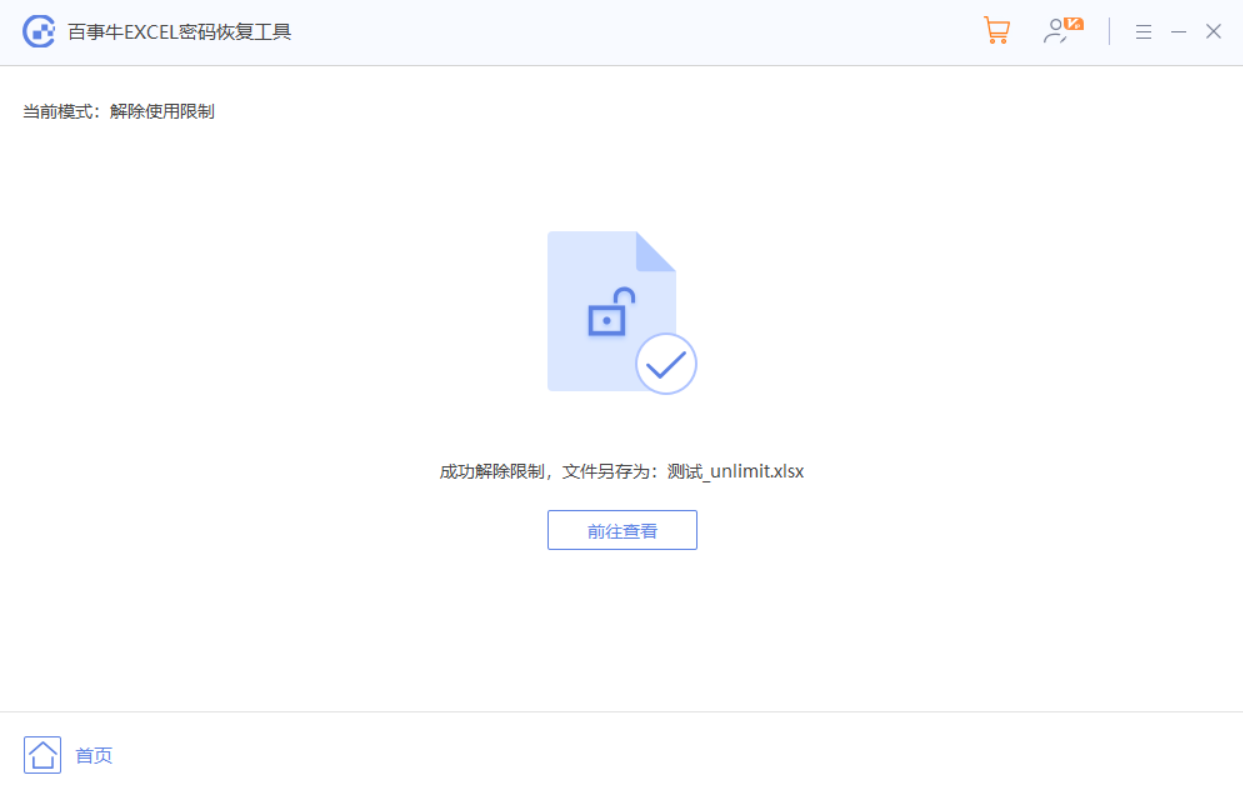
The above is the detailed content of Two methods to set the 'read-only mode' of an Excel table. For more information, please follow other related articles on the PHP Chinese website!

Hot AI Tools

Undresser.AI Undress
AI-powered app for creating realistic nude photos

AI Clothes Remover
Online AI tool for removing clothes from photos.

Undress AI Tool
Undress images for free

Clothoff.io
AI clothes remover

Video Face Swap
Swap faces in any video effortlessly with our completely free AI face swap tool!

Hot Article

Hot Tools

Notepad++7.3.1
Easy-to-use and free code editor

SublimeText3 Chinese version
Chinese version, very easy to use

Zend Studio 13.0.1
Powerful PHP integrated development environment

Dreamweaver CS6
Visual web development tools

SublimeText3 Mac version
God-level code editing software (SublimeText3)

Hot Topics
 1386
1386
 52
52
 5 Things You Can Do in Excel for the Web Today That You Couldn't 12 Months Ago
Mar 22, 2025 am 03:03 AM
5 Things You Can Do in Excel for the Web Today That You Couldn't 12 Months Ago
Mar 22, 2025 am 03:03 AM
Excel web version features enhancements to improve efficiency! While Excel desktop version is more powerful, the web version has also been significantly improved over the past year. This article will focus on five key improvements: Easily insert rows and columns: In Excel web, just hover over the row or column header and click the " " sign that appears to insert a new row or column. There is no need to use the confusing right-click menu "insert" function anymore. This method is faster, and newly inserted rows or columns inherit the format of adjacent cells. Export as CSV files: Excel now supports exporting worksheets as CSV files for easy data transfer and compatibility with other software. Click "File" > "Export"
 How to Use LAMBDA in Excel to Create Your Own Functions
Mar 21, 2025 am 03:08 AM
How to Use LAMBDA in Excel to Create Your Own Functions
Mar 21, 2025 am 03:08 AM
Excel's LAMBDA Functions: An easy guide to creating custom functions Before Excel introduced the LAMBDA function, creating a custom function requires VBA or macro. Now, with LAMBDA, you can easily implement it using the familiar Excel syntax. This guide will guide you step by step how to use the LAMBDA function. It is recommended that you read the parts of this guide in order, first understand the grammar and simple examples, and then learn practical applications. The LAMBDA function is available for Microsoft 365 (Windows and Mac), Excel 2024 (Windows and Mac), and Excel for the web. E
 How to Create a Timeline Filter in Excel
Apr 03, 2025 am 03:51 AM
How to Create a Timeline Filter in Excel
Apr 03, 2025 am 03:51 AM
In Excel, using the timeline filter can display data by time period more efficiently, which is more convenient than using the filter button. The Timeline is a dynamic filtering option that allows you to quickly display data for a single date, month, quarter, or year. Step 1: Convert data to pivot table First, convert the original Excel data into a pivot table. Select any cell in the data table (formatted or not) and click PivotTable on the Insert tab of the ribbon. Related: How to Create Pivot Tables in Microsoft Excel Don't be intimidated by the pivot table! We will teach you basic skills that you can master in minutes. Related Articles In the dialog box, make sure the entire data range is selected (
 If You Don't Use Excel's Hidden Camera Tool, You're Missing a Trick
Mar 25, 2025 am 02:48 AM
If You Don't Use Excel's Hidden Camera Tool, You're Missing a Trick
Mar 25, 2025 am 02:48 AM
Quick Links Why Use the Camera Tool?
 Use the PERCENTOF Function to Simplify Percentage Calculations in Excel
Mar 27, 2025 am 03:03 AM
Use the PERCENTOF Function to Simplify Percentage Calculations in Excel
Mar 27, 2025 am 03:03 AM
Excel's PERCENTOF function: Easily calculate the proportion of data subsets Excel's PERCENTOF function can quickly calculate the proportion of data subsets in the entire data set, avoiding the hassle of creating complex formulas. PERCENTOF function syntax The PERCENTOF function has two parameters: =PERCENTOF(a,b) in: a (required) is a subset of data that forms part of the entire data set; b (required) is the entire dataset. In other words, the PERCENTOF function calculates the percentage of the subset a to the total dataset b. Calculate the proportion of individual values using PERCENTOF The easiest way to use the PERCENTOF function is to calculate the single
 You Need to Know What the Hash Sign Does in Excel Formulas
Apr 08, 2025 am 12:55 AM
You Need to Know What the Hash Sign Does in Excel Formulas
Apr 08, 2025 am 12:55 AM
Excel Overflow Range Operator (#) enables formulas to be automatically adjusted to accommodate changes in overflow range size. This feature is only available for Microsoft 365 Excel for Windows or Mac. Common functions such as UNIQUE, COUNTIF, and SORTBY can be used in conjunction with overflow range operators to generate dynamic sortable lists. The pound sign (#) in the Excel formula is also called the overflow range operator, which instructs the program to consider all results in the overflow range. Therefore, even if the overflow range increases or decreases, the formula containing # will automatically reflect this change. How to list and sort unique values in Microsoft Excel
 How to Format a Spilled Array in Excel
Apr 10, 2025 pm 12:01 PM
How to Format a Spilled Array in Excel
Apr 10, 2025 pm 12:01 PM
Use formula conditional formatting to handle overflow arrays in Excel Direct formatting of overflow arrays in Excel can cause problems, especially when the data shape or size changes. Formula-based conditional formatting rules allow automatic formatting to be adjusted when data parameters change. Adding a dollar sign ($) before a column reference applies a rule to all rows in the data. In Excel, you can apply direct formatting to the values or background of a cell to make the spreadsheet easier to read. However, when an Excel formula returns a set of values (called overflow arrays), applying direct formatting will cause problems if the size or shape of the data changes. Suppose you have this spreadsheet with overflow results from the PIVOTBY formula,





